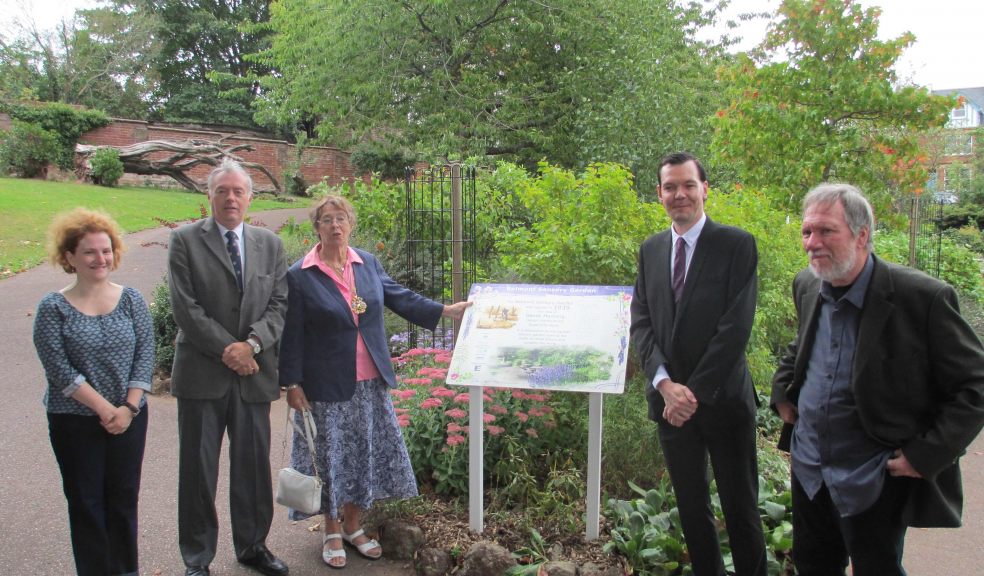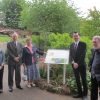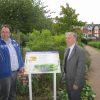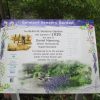
Lord Mayor commemorates Britain's oldest sensory garden
The Lord Mayor of Exeter unveiled a new sign detailing the history of Britain’s oldest sensory garden.
Belmont sensory garden was built in 1939 and is thought to be the first garden designed especially for the Blind worldwide.
The garden was restored in 2007 with a variety of flora chosen for their scent and texture including Chamomile, Mint and Lilac.
Lord Mayor, Rachel Lyons said: “my grandchildren, who live with me, have spent many happy hours playing here and I was very happy to come.
“As far we know the garden is the first in the world but has been replicated all over the world.”
The sign was jointly funded by Morgan-Sindall and Devon County Councillor Richard Westlake.
Cllr Westlake said: “Newtown Community Association has done so much to enhance the lives of the people of Newtown.
“When they came to me with the idea of promoting what could be the oldest sensory garden in the world for those people who are blind and disabled, I thought it was ideal for part of my community budget.
“It’s been a great success and I hope we can build on that success to make Belmont park a focal point for the community of Exeter.”
Graphic Designer, Daniel Loveday who designed the new sign said: “I wanted to make something in keeping with the style of the 1930s when the sensory garden was first opened.
“The garden itself is based on the idea of experiencing the smells of plants and flowers so plant life features heavily in the design as well.”
The idea originated from members of the Newtown Community Association which hosted over 600 activities at their community centre.
Michael Parrott vice-chairman of the community association said: “we’re always looking for any opportunity to enhance the park in any way and just by doing some research we found that the sensory garden is of national importance.
“We found it was the first sensory garden in Britain and through later research probably the first garden for the blind in the world.
“We suddenly realised we had something very important on our doorstep. We felt that a sign to show its historic importance was the best way to go about it.”
















